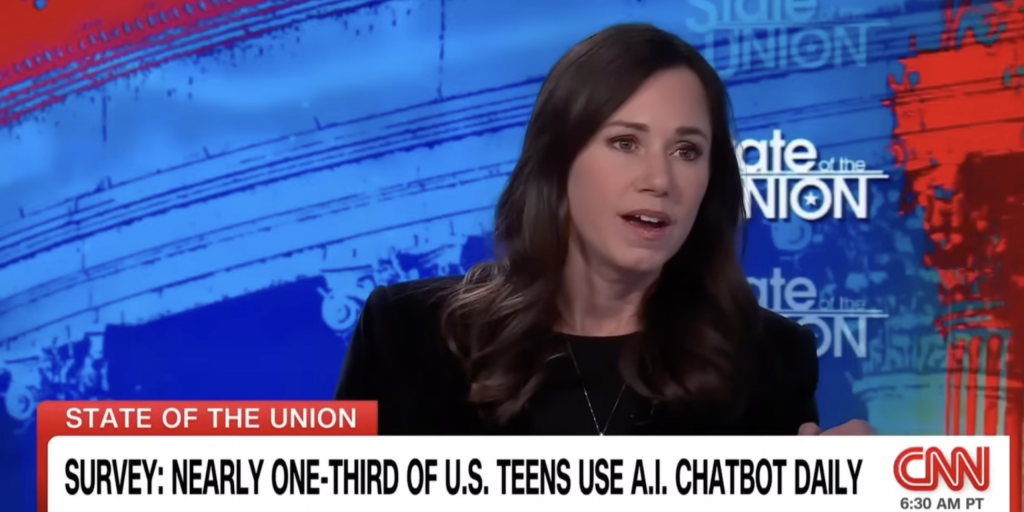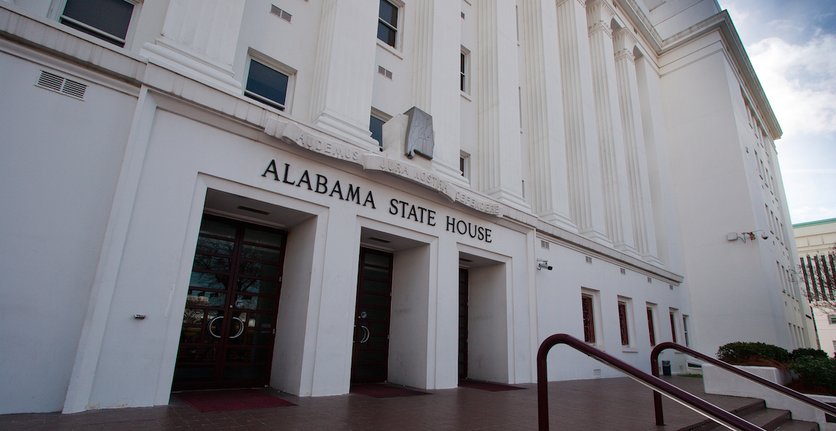
This summer has been marked by an increased interest in the health and management of Alabama’s public pension system, the Retirement Systems of Alabama (RSA). Sparked by upsetting revelations that the RSA owned almost half of a company involved in human trafficking, the resulting concern and inquiries into the RSA by the public, state leaders and the news media is certainly warranted.
More than 300,000 Alabamians are paying or have paid into this system and depend on it to support them in their retirement years. The heightened attention to the integrity and solvency of the RSA is good news. The search for truth should never be discouraged. Here are some popular myths about the RSA that we’ve heard and seen in the past few weeks.
Myth #1: The RSA has “grown” its assets from $500 million to $37 billion in the past 40 years
The source of the RSA’s asset “growth” is not just a net positive return on investments, but an overall increase in contribution requirements from state employees, from 5 to 7.5 percent (see below). The RSA relies heavily — for more than a third of its annual revenue — on mandatory “contributions” paid into the system. Those contributions come from state employees and their employers, i.e. taxpayers.
And, since state employees and the agencies that employ them are funded by taxes, ultimately taxpayers are the ones “contributing” $1.8 billion a year to the RSA. It’s true that the RSA has made some good investments in traditional stocks and bonds but some investments, like the “private placements” in US Airways and Signal International have been disasters. Even with some strong returns, a large chunk of their revenue wasn’t “grown” so much as it was taken — participation is a condition of employment.
Myth #2: The RSA will never cut benefits
The RSA has already cut benefits for new state employees. New state employees are considered “Tier 2” RSA members, meaning, they receive less benefits (lower monthly pension checks) than state employees who joined the system prior to 2013: “Tier 1” members.
Furthermore, “Tier 1” members have also experienced a cut, although veiled: Their mandatory contributions have increased from 5 to 7.5 percent, or an extra $104 every month for a worker making $50,000 a year. You don’t need a Ph.D. in economics or finance to understand this has the same effect as a benefit cut.
Myth #3: The RSA is strong and secure
Even the RSA reports that it has become less financially sound. While there is disagreement about the appropriate valuation of the RSA’s liabilities, a recent study by two Auburn University professors, which used the RSA’s own Comprehensive Annual Financial Reports, found that the RSA’s reported unfunded liability grew from $2.1 billion in 2003 to more than $15 billion in 2013!
And, that’s despite the increase in mandatory contributions for Tier 1 members. There is no newsletter article or op-ed that has ever “debunked” the RSA’s own numbers.
Myth #4: The RSA’s bold investments have led to unusually high returns
The RSA’s investments, on average, have seen strong returns recently. But the strong returns mostly come from the majority of the RSA’s investments in a typical portfolio of stocks and bonds. The flashy investments in so-called “private placements”, make up about a tenth of the RSA’s investments, and have seen uneven returns.
While a recent RSA newsletter boasts of the high returns from 55 Water Street in Manhattan, the public failures of US Airways, National Alabama, and Signal International are noteworthy. Even the investments in golf courses don’t appear to actually earn positive returns for the fund, though it is hard to tell, since the RSA doesn’t publicly report the returns on individual investments.
Myth #5: RSA critics want to eliminate state employee pension plans
There’s no reason that a traditional pension option for state employees can’t exist alongside a more portable and choice-friendly option like a 401(k). Many employees would prefer the security of a pension, while others may not plan on working the same job for decades, and would prefer something with more choices, portability, and better vesting options. Let the workers choose which plan they want.
Public sector workers deserve to know the facts about where their hard-earned money is going and the truth about the health of their pension plans. Just as importantly, no one should be forced to participate in a program that offers no portability or investment choices.
Alabama’s public sector workers deserve greater transparency and the freedom to choose their own retirement plans.
Stephen C. Miller, executive director of the Manuel H. Johnson Center for Political Economy at Troy University. Follow up on Twitter: @johnson_center











